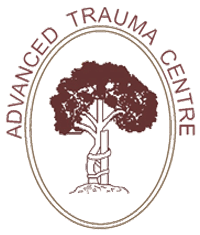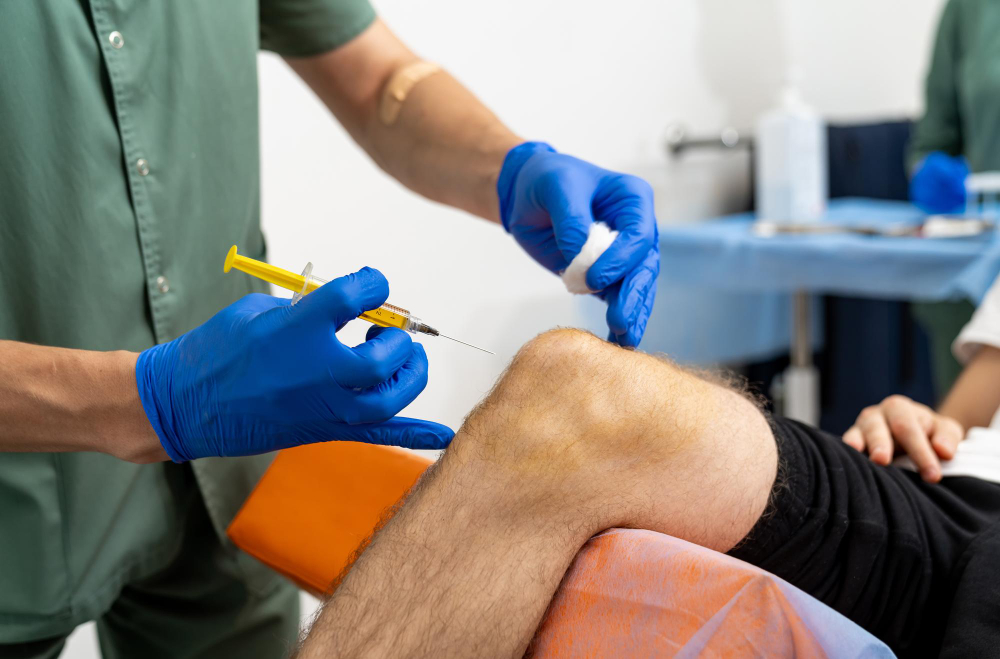ACL injuries are more common than you might think. They happen when the ligament in the knee, known as the anterior cruciate ligament, gets torn. Whether you’re an athlete or just someone who enjoys staying active, an ACL tear can really set you back. Traditionally, treating ACL tears often involves surgery and lots of rehab. It can take a massive toll on your day-to-day life and activity levels.
Enter PRP Therapy: A Non-Surgical Solution for ACL Tears. It’s becoming a popular choice for those wanting a gentler option. This innovative method fills the gap between sitting on the sidelines and facing a knife. PRP Therapy uses the body’s healing processes, turning everyday folks’ blood into a powerful healer.
Why should you bother learning about PRP Therapy: A Non-Surgical Solution for ACL Tears? Because it’s changing lives. People are recovering faster with fewer complications. This remedy’s becoming an exciting alternative to surgery. For anyone exploring ACL treatments, understanding PRP Therapy’s efficiency and benefits offers a new hope in non-invasive solutions.
Unlocking the Science: What is PRP Therapy and How Does it Work for ACL Tears?
So, what exactly is PRP Therapy? At its core, it’s a process harnessing the body’s natural ability to mend itself. Think about this: your blood is packed with cells and proteins that fight infections and help heal injuries. The star of the show here is the platelet.
In the late 20th century, doctors and researchers saw potential in these platelets. They realized these natural components could speed up healing. PRP Therapy for ACL Tears efficiency shines because it boosts body’s healing agents right where they’re needed most.
When you undergo PRP Therapy, doctors take a small sample of your blood. They spin it in a machine to separate the rich platelets from the rest. This super-concentrate is then injected into the site of your ACL tear. Here, it kickstarts faster and potentially more complete healing.
PRP Therapy’s efficiency triples when you know it speeds up healing and reduces pain too. Emphasizing natural recovery rather than invasive methods might just address your issue in healthful ways. Exploring how these principles work opens doors to understanding why PRP Therapy stands out in non-surgical healing.
From Lab to Ligament: The PRP Therapy Experience
Curious about what actually happens during a PRP Therapy for ACL Tears procedure? It’s straightforward and surprisingly quick. First, the doctor draws a small amount of your blood, akin to getting a routine lab test. This is painless for most since it’s over before you know it.
Next, the blood goes through a process called centrifugation. This spins the blood fast enough to separate the platelets from other components. This is where science meets magic, creating that concentrated golden solution.
Finally, the devised solution goes directly into your knee where the ACL tear is. The PRP Therapy for ACL Tears recovery time reflects its simplicity too. Many feel relief even with a single session.
People often wonder if the injection hurts. Most describe it as slightly uncomfortable, but it doesn’t last long. What scares many patients initially turns into a feeling of relief afterwards. Knowing what to expect during PRP Therapy for ACL Tears prepares your body and mind, lessening fears with this natural approach.
Evaluating PRP: Benefits, Limitations, and the Future of Non-Surgical ACL Healing
Ready to weigh the pros and cons of using PRP Therapy for your ACL? Here’s some food for thought:
- Reduced risk of complications: Surgery carries risks. But with PRP Therapy the worry of post-surgery infections or extended downtime lowers greatly.
- Faster recovery: Due to the maximized use of body’s natural recovery routes, PRP Therapy for ACL Tears recovery time can be noticeably shorter.
- Less invasive and more natural: Steer clear of hospital gowns and surgical rooms with this holistic approach.
But take note, PRP Therapy for ACL Tears risk factors exist. Not everyone is a fit. Outcomes may vary depending on the severity of the injury and overall health.
Future looks bright for PRP Technology. Researchers are finding ways to make it even better by tailoring it to individual genetic needs. This means newer versions of PRP Therapy for ACL Tears could bring even more personalized healing.
Exploring these options opens doors to better, safer recovery plans. Weighing the benefits and real-world applications of PRP Therapy offers a rewarding dip into non-surgical healthcare possibilities.

